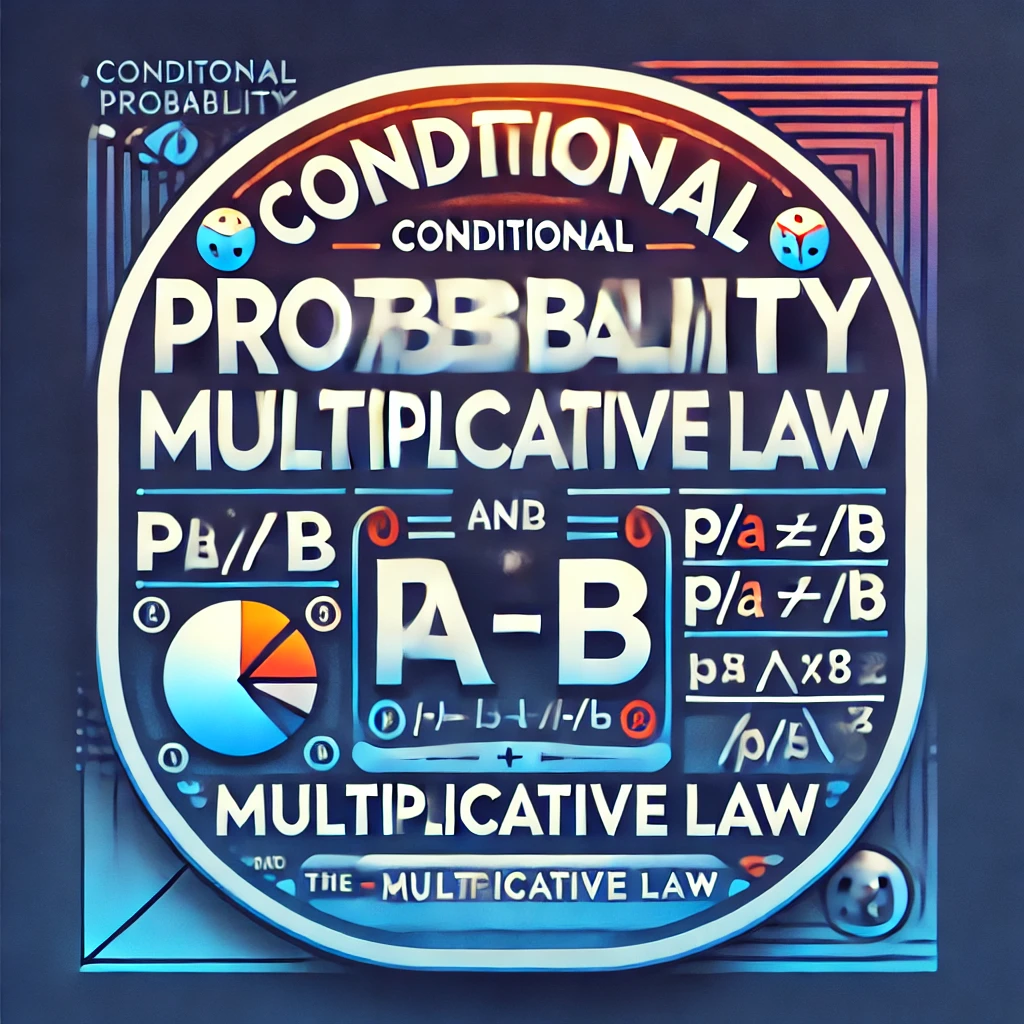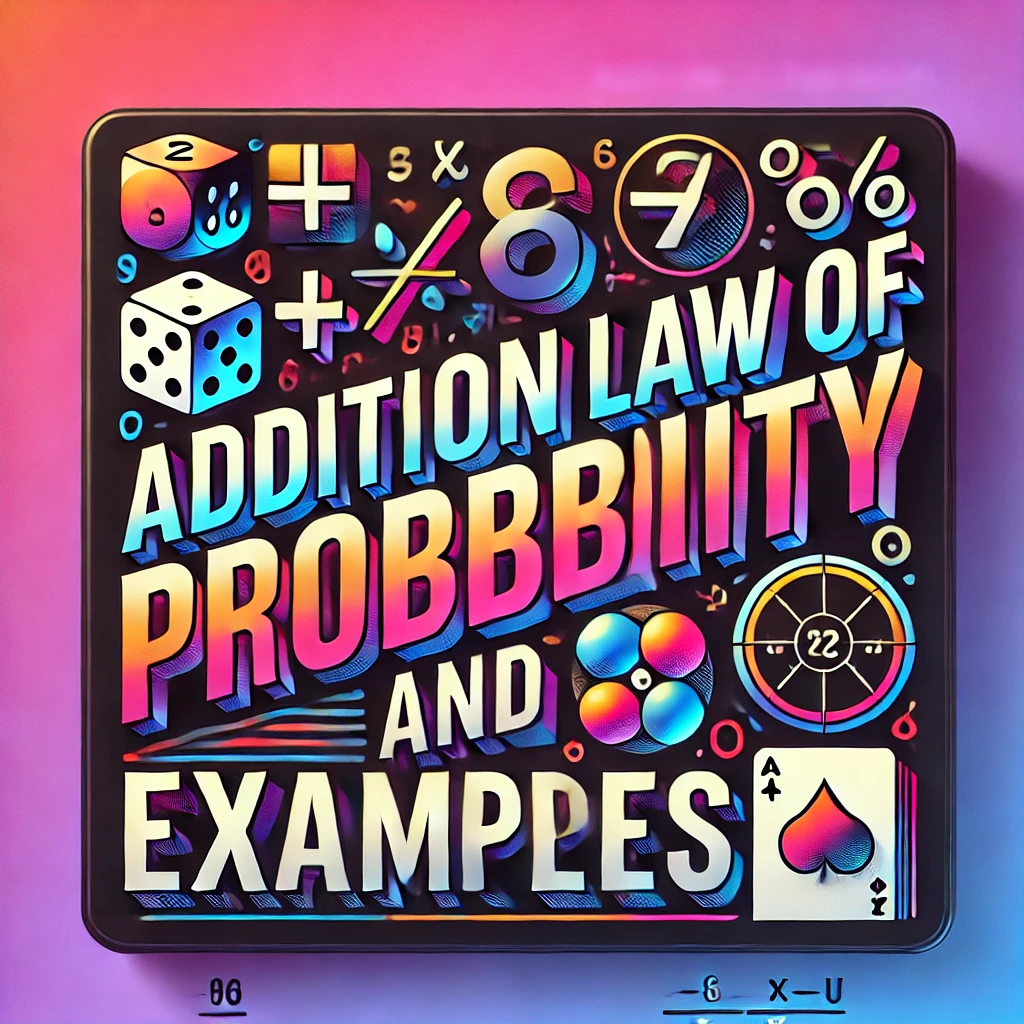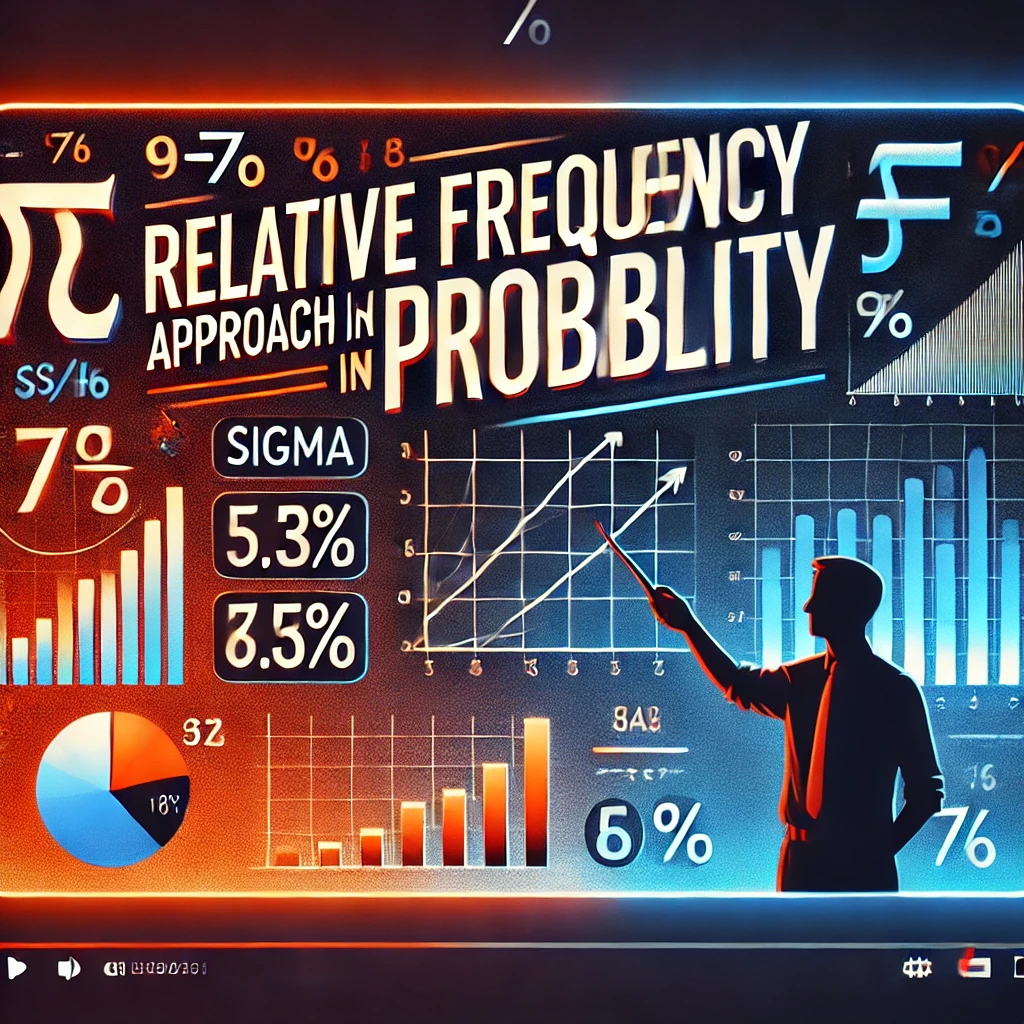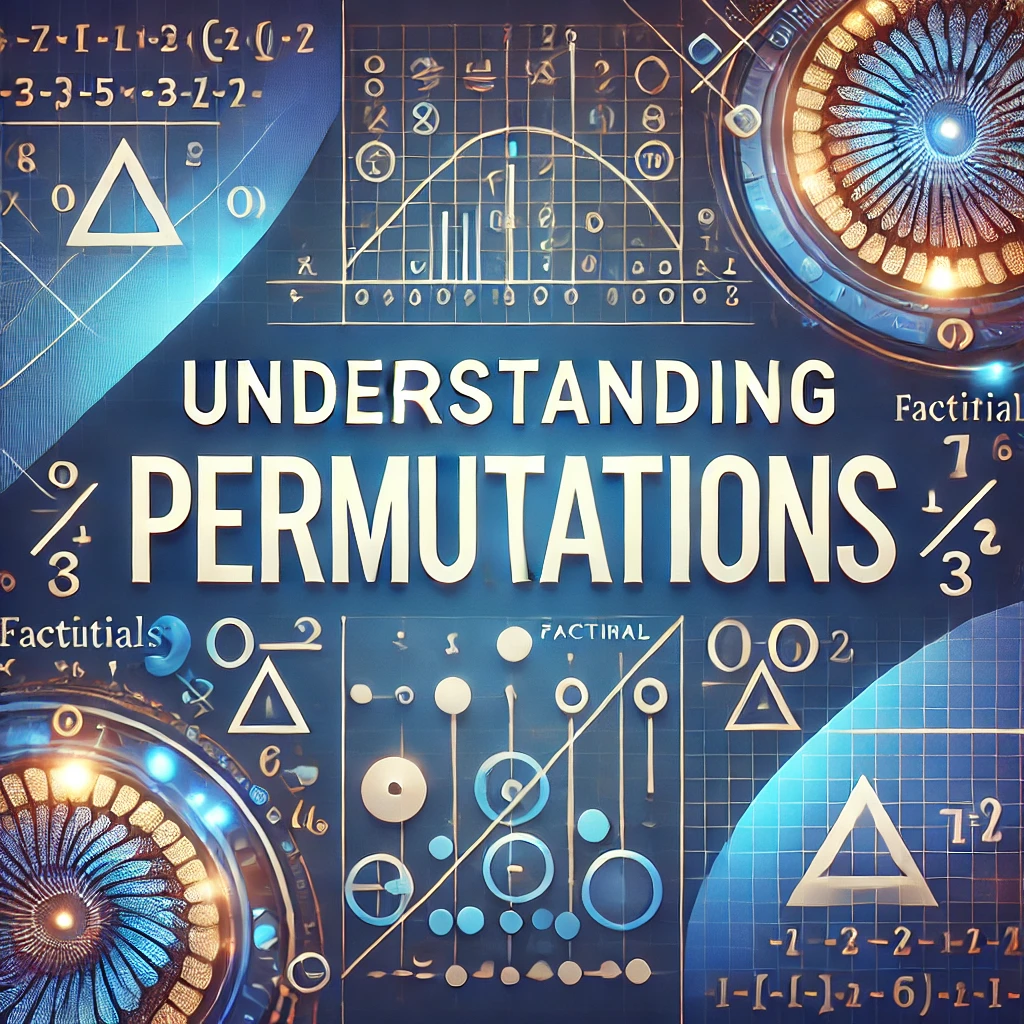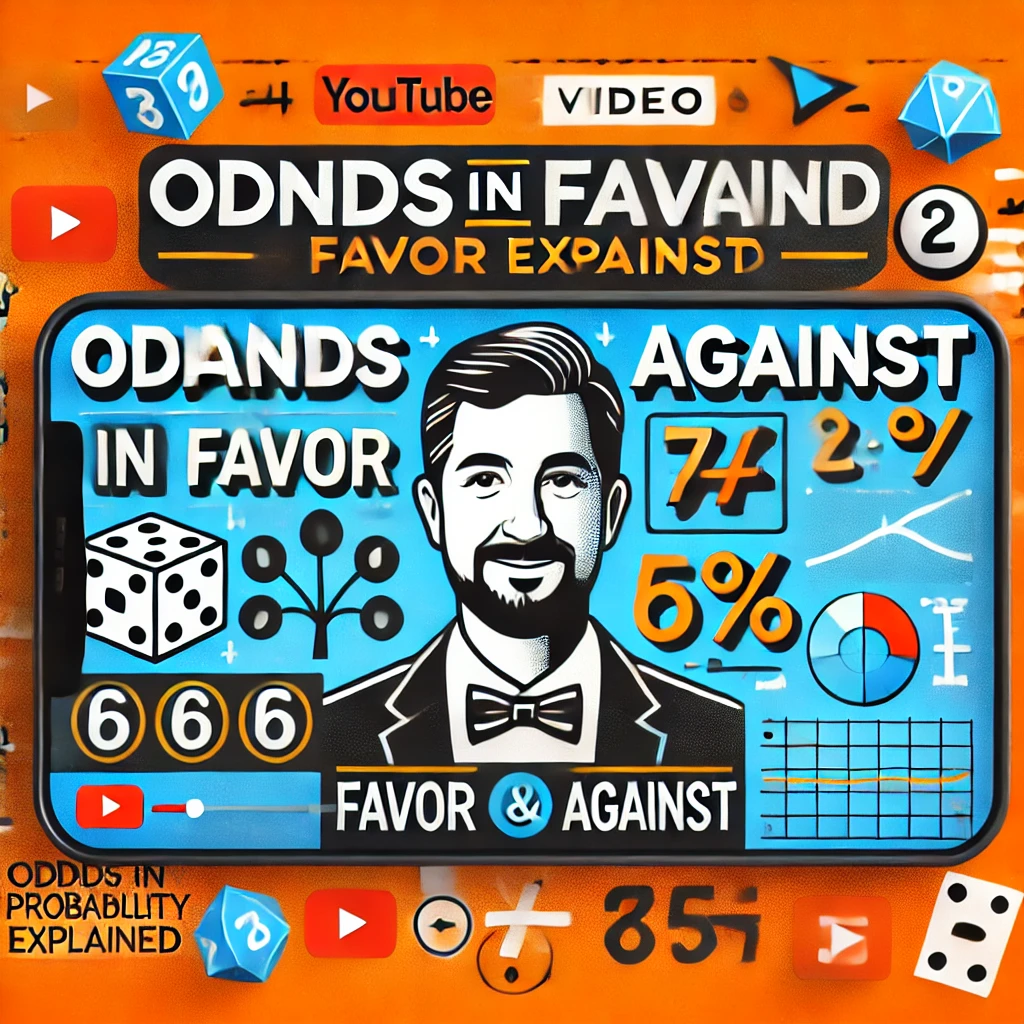Probability of Happening at Least One Independent Event
Probability of Happening at Least One Independent Event Data Science and A.I. Lecture Series By: Bindeshwar Singh Kushwaha Institute: PostNetwork Academy 1. Probability of Happening at Least One Independent Event If \( A \) and \( B \) are independent events, the probability of happening at least one of the events is: \[ P(A […]
Probability of Happening at Least One Independent Event Read More »

